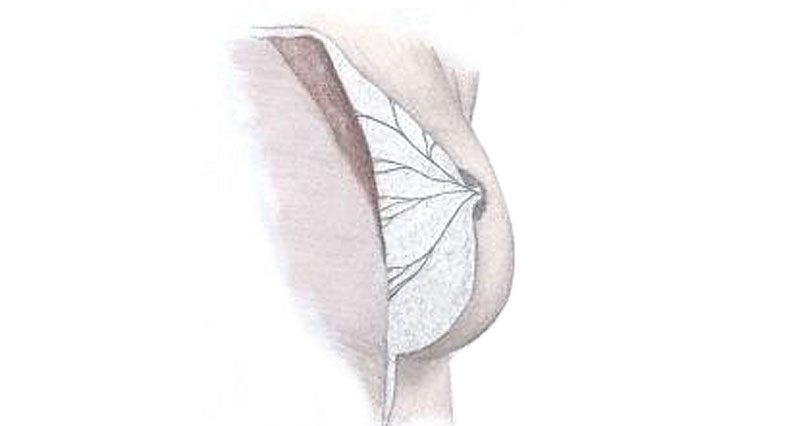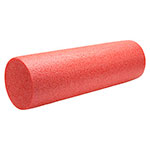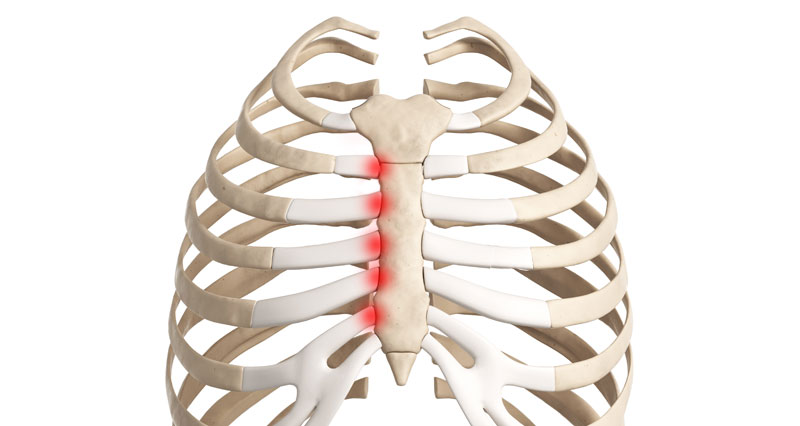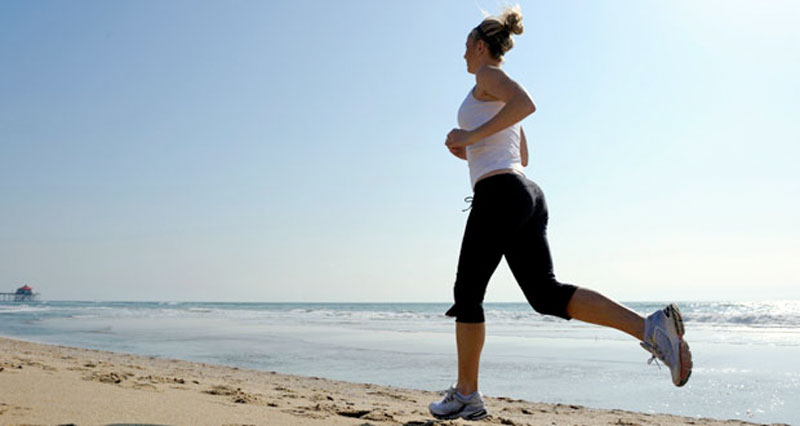Jogger’s breasts are a result of Repetitive trauma from jogging. It causes permanent damage resulting in breasts dropping. Not wearing a supportive bra when exercising can cause pain in the breast and lead to other related issues in the upper back and neck. It is much easier to prevent this condition than to cure it as all you need is a good sports bra!
The breasts are composed of mainly fatty tissue with mammary glands and muscles. The muscle is deep so cannot help much in supporting the breast. Cooper’s Ligaments help hold the breasts up. They are thin bands interwoven into the breast and are not very strong.
If the breasts are not supported properly with a good sports bra then repetitive bouncing from running can stretch Cooper’s ligaments permanently. The main injuries affecting breasts are nipple problems (jogger’s nipple), a direct blow to the breast (breast contusion), and repetitive trauma caused by constant movement and bouncing whilst running.
What causes Jogger’s breast?
Continuous running causes the breasts to move up and down and side to side. This not only causes pain resulting from the trauma of excessive movement but will result in permanent stretching of Cooper’s ligaments resulting in drooping breasts. It is not just the larger-breasted woman who suffers from breast pain when running; smaller-breasted women can suffer from jogger’s breasts just as much.
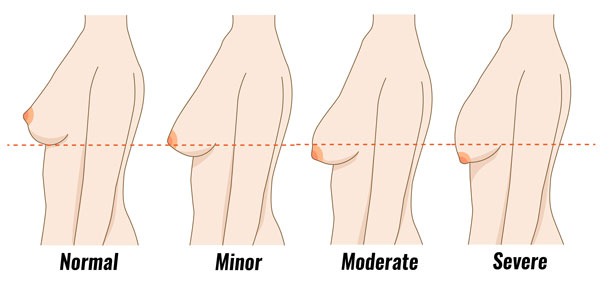
It is also possible that breasts that are not properly supported can lead to tension and strain in the upper back and neck, particularly in the larger-breasted woman. The excess weight at the front can mean the back muscles have to work harder to keep the shoulders in the correct position. These muscles will eventually become weak and stretched leading to back and neck pain.
How to prevent it
- Wear the correct sports bra. This should give support and prevent vertical movement as well as side-to-side movement.
- Breast droop is irreversible so prevention is better than cure. For back pain, try to maintain correct posture with the shoulders back.
- Also, a regular sports massage is a great way of reducing the tension in the back muscles.
Sports bras
There are many types of sports bras available and the most suitable for one person is not necessarily the best for another person. When choosing a sports bra you should take into account:
- Support level – this will depend on your size (larger breasts need more support) and your sport (high impact?)
- Compression or encapsulation – Compression bras basically compress the breasts against the chest and are usually crop-top styles. Encapsulation bras keep the breast separate in defined cups, more similar to a standard bra. Women with larger breasts should pick an encapsulation bra. Smaller-breasted women may feel a compression bra is sufficient. A few styles both compress and encapsulate.
- Strap width – Make sure the straps are wider than a standard bra. This will help support breasts and prevent the straps from digging in.
- Material – Make sure the material is breathable and comfortable to wear. Also, ensure that there are no seams on the cups which could cause nipple chafing!
Read more on Sports bras.
Further reading
- Google Scholar – Breast droop in runners
